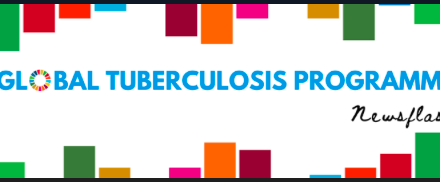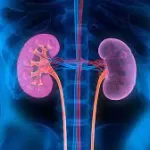Hangzhou, China — June 24, 2024 — In a groundbreaking study, researchers have found that mindfulness meditation (MM) significantly reduces gaming addiction and cravings by altering brain responses. This randomized clinical trial, conducted at Hangzhou Normal University, reveals promising results for the treatment of Internet Gaming Disorder (IGD), a condition associated with various health and mental issues including emotion dysregulation, neurocognitive impairment, and executive dysfunction.
Background
IGD is characterized by persistent and recurrent gaming behavior leading to significant impairment in personal, family, social, educational, or occupational functioning. It has been linked to changes in neural features, especially in the frontal brain regions like the orbitofrontal cortex and the dorsolateral prefrontal cortex. Individuals with IGD experience strong cravings due to these neural alterations, making treatment challenging. Although some existing treatments have managed to reduce gaming cravings temporarily, they often fail to prevent relapse after cessation.
Mindfulness Meditation as a Potential Solution
Mindfulness meditation, a practice known for enhancing attention and self-regulation, has gained acceptance as a clinical intervention. It involves maintaining relaxed vigilance and non-judgmental awareness during sessions, which could influence brain regions responsible for craving and addiction behaviors.
The Study
The study aimed to assess the effectiveness and mechanisms of MM in treating IGD. Conducted between October 1 and November 30, 2023, the trial included 80 participants diagnosed with IGD. The participants, all above 18 years of age, were randomly assigned to either the experimental group (MM) or the control group (progressive muscle relaxation – PMR). Both groups underwent pre-test and post-test evaluations to measure indicators of IGD.
Key Findings
1. Reduction in Gaming Cravings: Both the MM and PMR groups showed a decrease in IGD indicators post-treatment. However, MM was notably more effective in reducing gaming cravings compared to PMR.
2. Brain Function Changes: MM significantly lowered activation in brain regions associated with craving, such as the lentiform nuclei, medial frontal gyrus (MFG), and insula. These areas play crucial roles in the brain’s dopaminergic circuitry and executive control.
- Lentiform Nucleus: Activation in this region, which is linked to cue-induced craving, decreased post-MM treatment, suggesting its potential as a biomarker for IGD treatment.
- Medial Frontal Gyrus (MFG): Reduced activation in this area indicates improved executive control and reduced urge inhibition in the presence of gaming cues.
- Insula: Lower activation in the insula was observed in the MM group, highlighting its role in craving responses.
Conclusions
The findings from this study indicate that MM is more effective than PMR in reducing gaming cravings and addiction severity. By mitigating activation in crucial cortical and subcortical brain regions, MM alters the neural responses underlying cravings. This suggests that MM could serve as a viable treatment option for IGD, offering a non-pharmacological approach to managing this growing concern.
Future Implications
These results pave the way for further research into MM as a treatment for other forms of addiction and compulsive behaviors. Given its effectiveness in reducing cravings and altering brain responses, MM could become a widely accepted therapeutic practice in clinical settings.
Journal Reference
Ni H, Wang H, Ma X, et al. (2024) Efficacy and Neural Mechanisms of Mindfulness Meditation Among Adults With Internet Gaming Disorder: A Randomized Clinical Trial. JAMA Network Open, 7(6)
. doi:10.1001/jamanetworkopen.2024.16684, JAMA Network Open.
This study marks a significant advancement in the understanding and treatment of IGD, offering hope to individuals struggling with gaming addiction worldwide.












